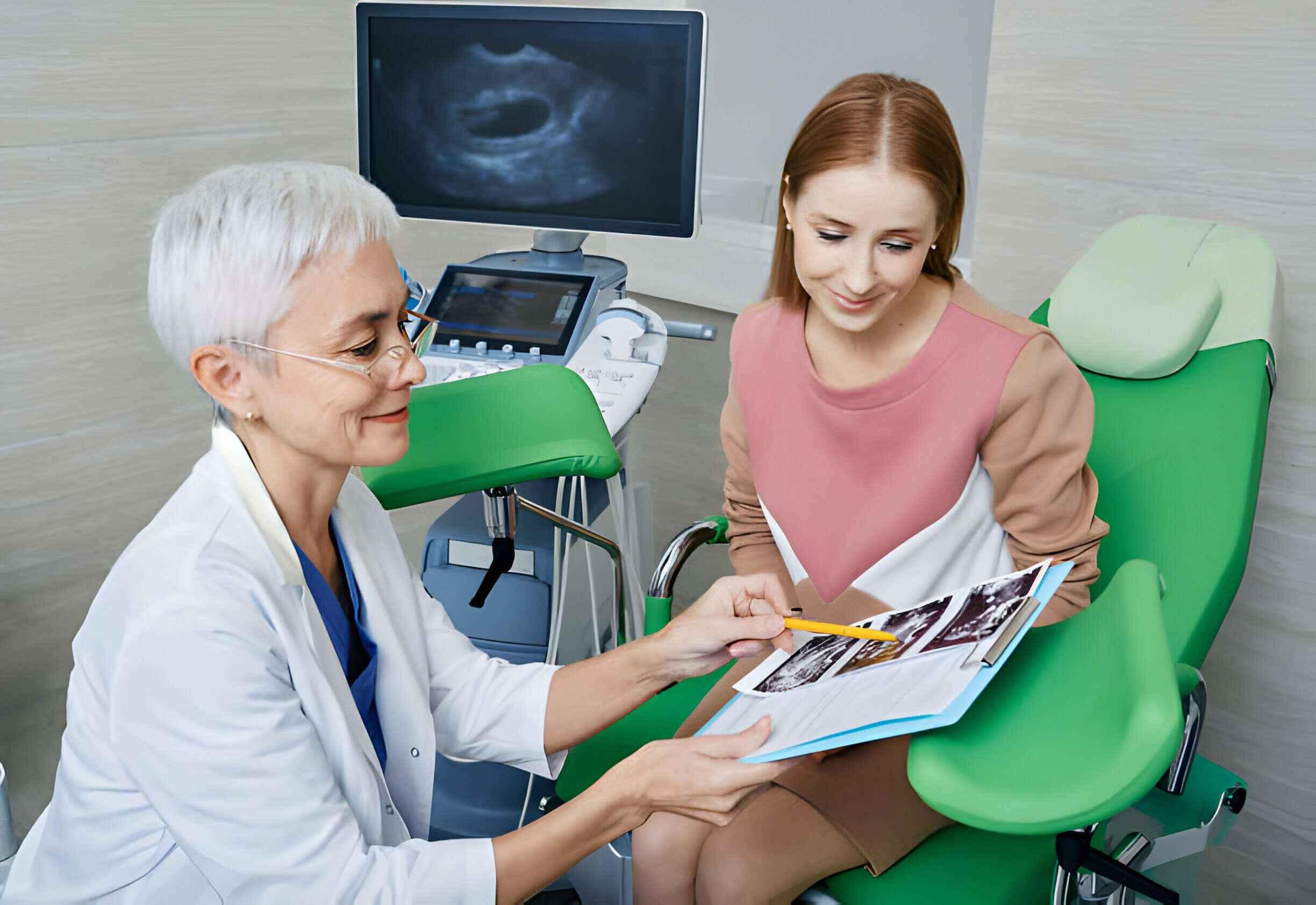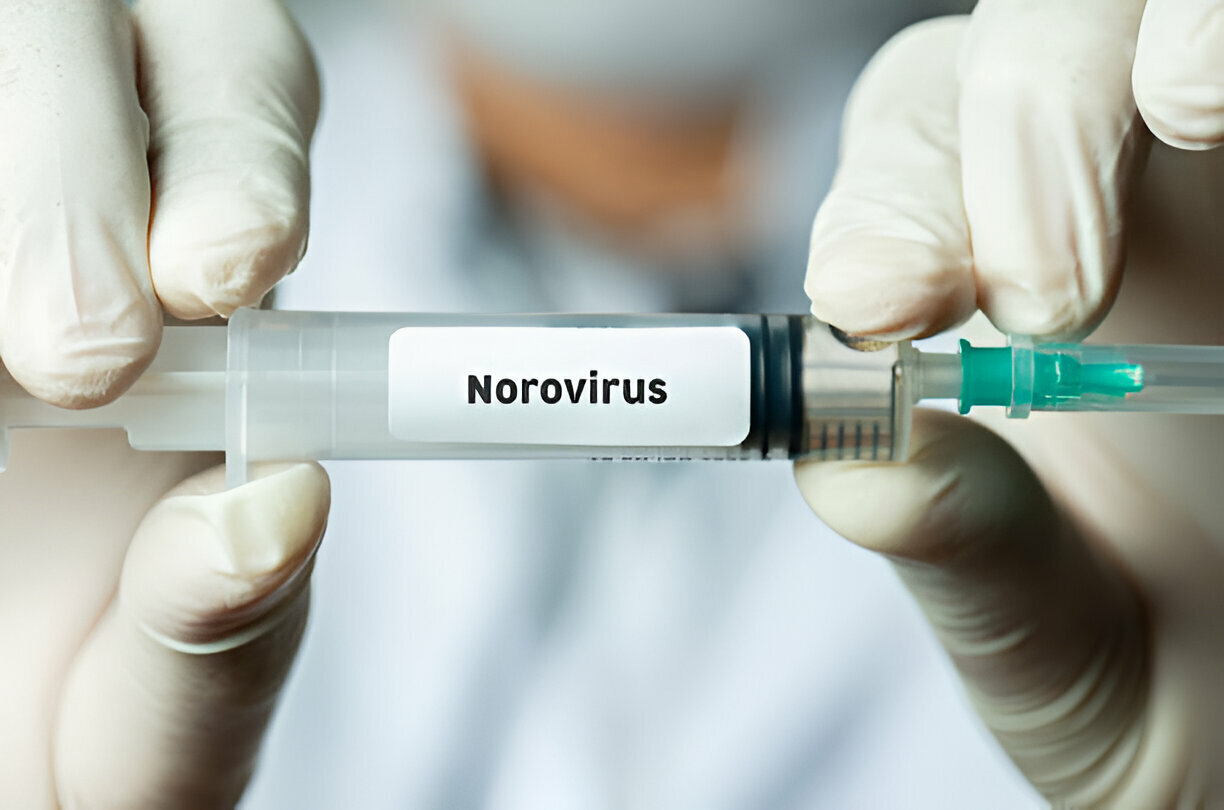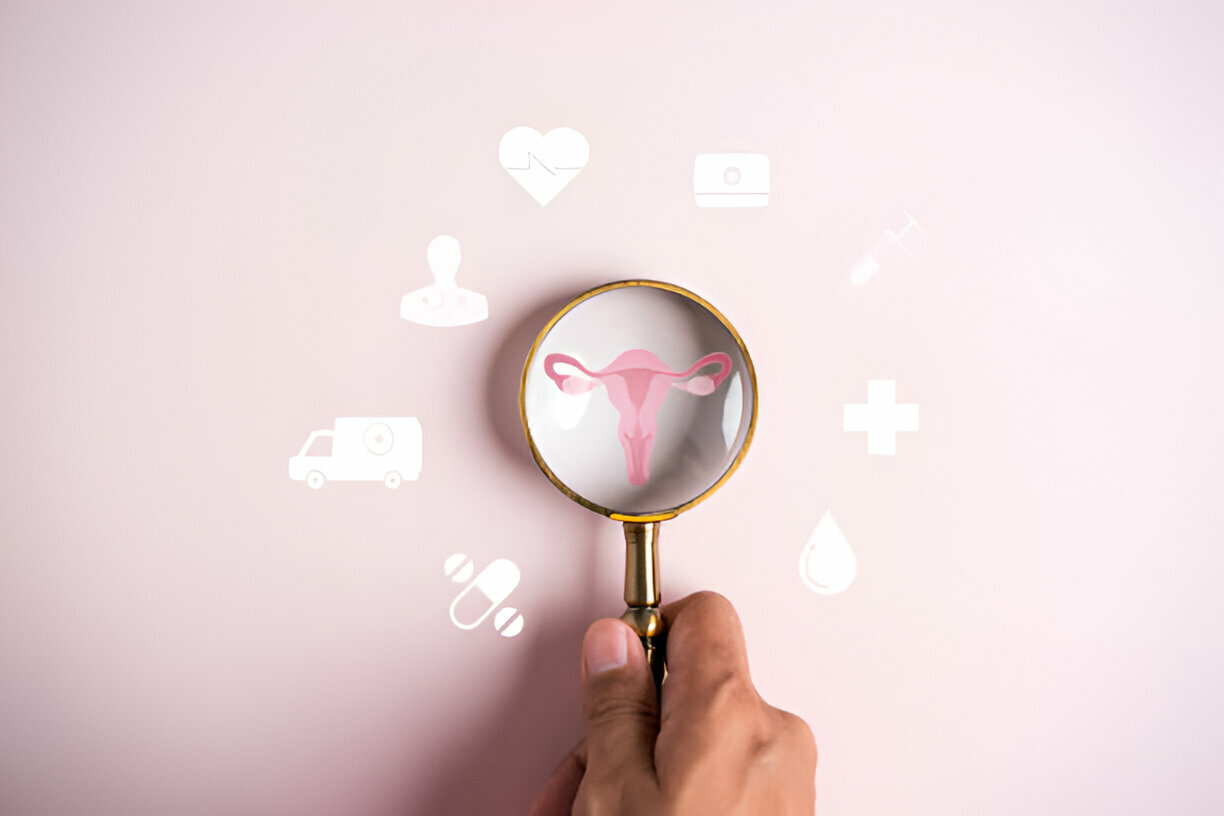Self-Swabbing: Revolutionizes Swabs for STI Testing?

Sexually transmitted infections (STIs) remain disturbingly common, with over 1.4 million chlamydia and 321,849 gonorrhea cases reported in the U.S. in 2011. Chlamydia and gonorrhea can severely impact fertility and reproductive health when left untreated, yet infections frequently have no symptoms. Traditional STI testing relies on uncomfortable exams and clinician-collected samples, but self-sampling is transforming screening.
What sampling method has the highest detection rate?
Research shows self-collected vaginal swabs analyzed by nucleic acid amplification tests (NAATs) detect STIs with greater sensitivity versus clinician-obtained cervical/urethral swabs. A major study of over 3,500 women found self-swabbing identified 97% of chlamydia cases compared to 88% with clinician swabs. Similarly, NAAT testing of self-swabs detected 99% of gonorrhea cases versus 81% using cervical/urethral cultures. This reveals self-swabbing with NAAT analysis as the superior testing methodology.
Is self-sampling as effective for women with and without symptoms?
Yes. Self-swabs exhibited the highest chlamydia and gonorrhea detection rates regardless of symptoms. In symptomatic women, self-swabbing identified 97% of chlamydia and 99% of gonorrhea cases - outperforming all clinician-collected samples. Critically, most infected women are asymptomatic, so this method reaches those undetected using traditional tests reliant on symptoms. Self-swabbing is therefore applicable and vital for all at-risk women.
What drives the superiority of self-swabbing?
Beyond higher accuracy, self-sampling offers multiple advantages. Patients find it more comfortable, avoiding anxiety-inducing exams. Self-swabbing also necessitates less staff and clinician effort. Additionally, it facilitates regular, widespread screening crucial for early infection detection but challenged by access barriers with traditional testing. Ultimately, self-swabbing optimizes sensitivity while improving the patient and provider experience - cementing it as integral for STI control.
How can self-swabbing transform sexual health?
Universal self-swabbing would revolutionize sexual healthcare. Patients could conveniently self-screen without appointments or clinical visits. Increased screening would curb “silent” infection spread from those unaware they harbor STIs. Earlier diagnosis would preserve reproductive health previously damaged from untreated infections. Altogether self-sampling promises easier, regular testing to identify and treat more cases sooner – all while empowering patients with testing control.
The evidence conclusively demonstrates self-obtained vaginal swabs for NAAT analysis as the sample-type-of-choice for chlamydia and gonorrhea screening. As self-swabbing outperforms while benefiting all involved, it should become the frontline testing method to help counter STIs. This represents a new era where convenience and accuracy are mutually achievable for life-changing impacts on sexual health.
Click to View → Mantacc Vaginal and Cervical Swabs
References
PURLs: Is self-swabbing for STIs a good idea?









